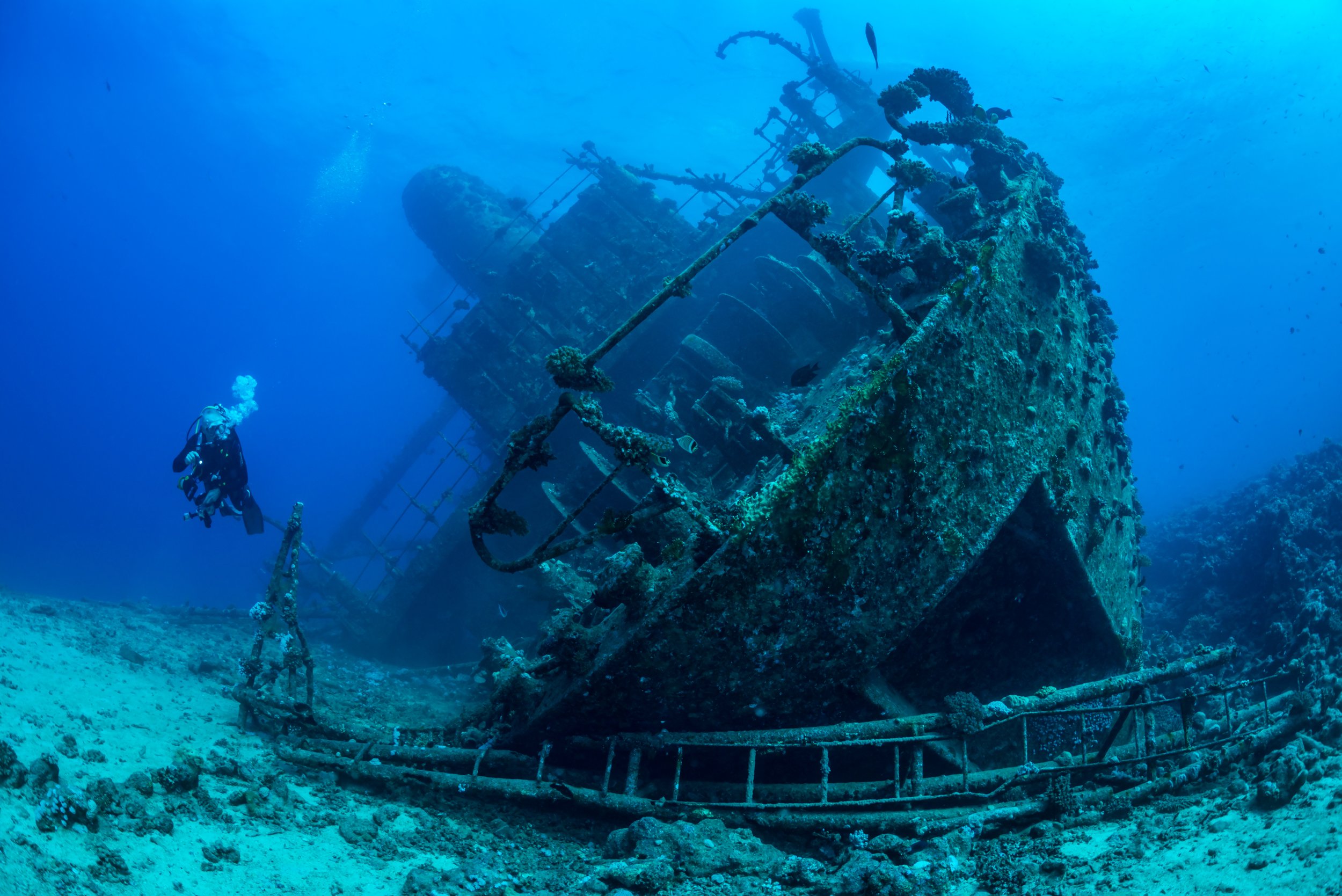
Period of Remembrance prompts call for resolution to retrieve looted Second World War anchor and proper burial for sailors lost in worst disaster in British naval history.
As the nation enters a period of Remembrance, commemorating and honouring the service and sacrifice of the Armed Forces, leading voices in the maritime archaeology world have issued a timely reminder to find a permanent home for the anchor looted from the Second World War Royal Navy battleship HMS Prince of Wales off the Malaysian coast last year and for a fitting burial of human remains from both the Prince of Wales and HMS Repulse which are currently in a Malaysian scrapyard.
Commonly cited as one of the worst disasters in British naval history, the attack and sinking of the Prince of Wales and Repulse on 10th December 1941 by aircraft of the Imperial Japanese Navy sent shockwaves through the country.
Prime Minister Winston Churchill famously recalled in his post-war memoirs:
“In all the war, I never received a more direct shock.” at the news that 842 men had lost their lives.
The desecration of both wrecks 60 miles east off the Malaysian coast by a Chinese purpose-built salvage barge, the Chuan Hong 68, was tracked and recorded early in 2023 by the Maritime Observatory, a non-profit partnership between the Maritime Archaeology Sea Trust (MAST) and OceanMind which harnesses the growing capabilities of the commercial satellite sector to protect shipwrecks and other underwater heritage at sea.
In a short video, released today, the essential role the Maritime Observatory played in alerting the world to the desecration of the Royal Navy wreck sites is highlighted.
Major General Patrick Cordingley DSO OBE DSc FRGS former Commander of the Desert Rats in the First Gulf War and Maritime Archaeology Sea Trust (MAST) trustee, explains:
“MAST, working for the Ministry of Defence, Royal Navy and the Survivors’ Association of HMS Prince of Wales and HMS Repulse, is doing all it can to make certain that the human remains from the two ships receive a fitting resting place in a Commonwealth War Graves Commission (CWGC) cemetery. Also, MAST is determined to see an anchor from HMS Prince of Wales is brought back to this country as a fitting memorial to those who died when the two ships were sunk in December 1941.”
The fate of the wrecks of both warships has been discussed for almost five decades and highlights the complexity of monitoring and protecting Royal Navy wreck sites across the globe.
Giles Richardson, Senior Archaeologist, MAST explains:
“Some of our findings are astonishing. Over a six-month period, looters repeatedly targeted the wreck of HMS Prince of Wales in the South China Sea and released a 10km oil slick into the environment. Now almost nothing is left of the wreck.”
As part of a team undertaking the 2001 UNESCO Convention Impact Review for the United Kingdom, MAST has recently both funded and undertaken a major assessment of the international spread of UK sovereign wrecks.
This assessment, which has been called the Royal Navy Loss List shows that there are over 5,000 Royal Naval wrecks scattered across the oceans of the world, covering the period between 1512 and 2004.